While Turin deservedly captures most visitors’ attention in Piedmont, the region’s true magic lies in its picturesque small towns. Beyond the sophisticated regional capital, Piedmont offers charming villages nestled among vineyard-covered hills and Alpine landscapes that most tourists never see. These hidden gems in Piedmont reward travelers who venture beyond the obvious destinations with authentic Italian experiences, incredible cuisine, and breathtaking views without the crowds.
During my travels through this northern Italian region, I’ve fallen in love with places like Barolo, famous for its wine, and Alba, known for white truffles. But there are even lesser-known treasures like Bra, the birthplace of the Slow Food movement, and San Giulio, which appears to float on Lake Orta.
Each town has its own unique character while sharing that special Piedmontese blend of stunning architecture, incredible food, and warm hospitality.
What surprised me most about exploring these small towns was how accessible they are from Turin, yet how few international visitors make the effort to see them. Just a short drive or train ride from the city, these villages offer a chance to experience the authentic Italy that many travelers dream about but rarely find. If you’re looking for those magical travel moments that stay with you forever, Piedmont’s small towns deliver them in abundance.
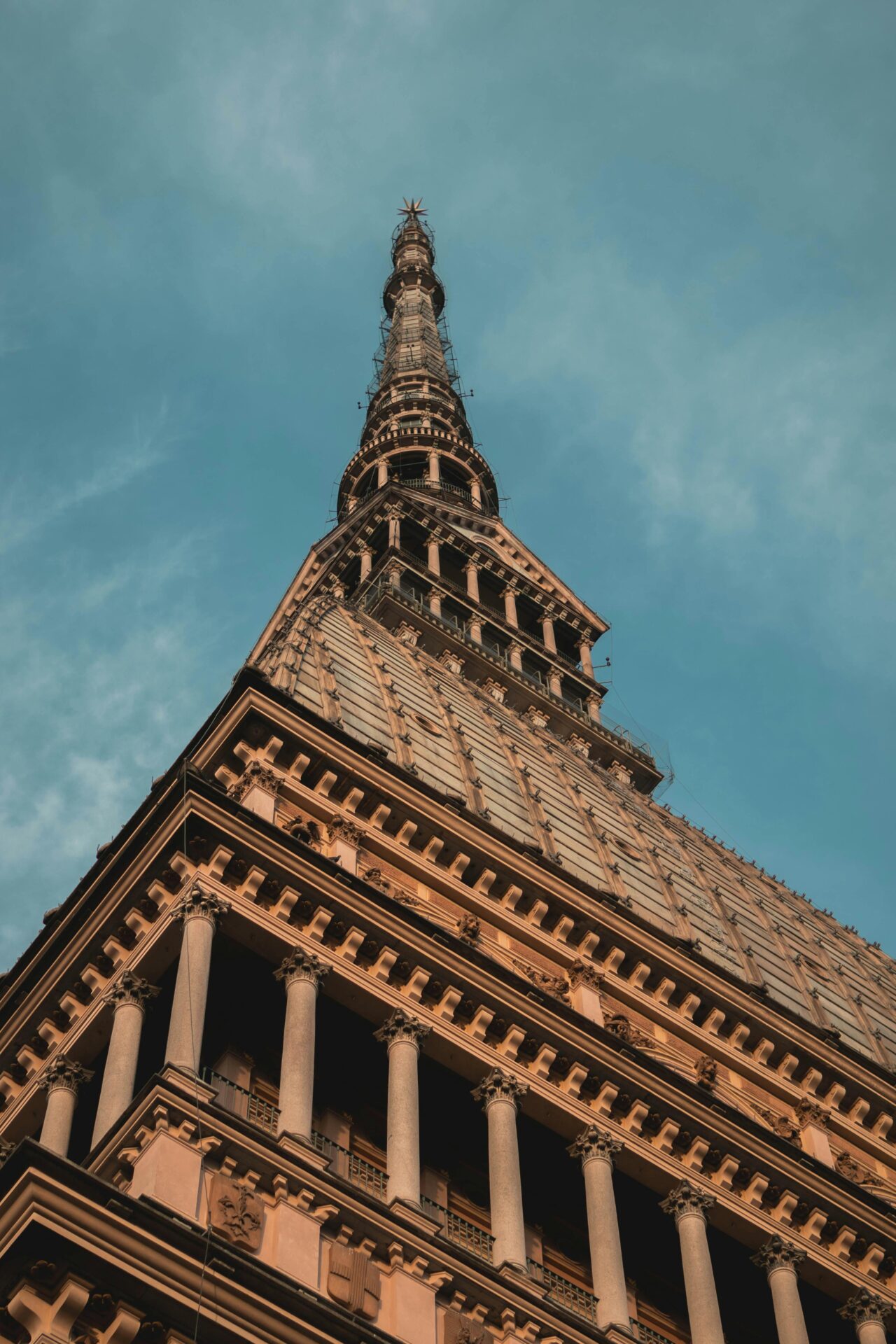
The Charm of Piedmont Beyond Turin
While Turin dazzles with its elegant squares and royal palaces, the true magic of Piedmont lies in its countryside and small towns. These hidden gems offer authentic experiences far from the tourist crowds.
Embracing the Authentic Vibe of the Region
I discovered that Piedmont’s small towns pulse with genuine Italian life that’s hard to find in bigger cities. In places like Alba and Bra, locals still gather in piazzas to chat over morning coffee. The rhythm of life here follows ancient traditions that haven’t changed for centuries.
When I visited Barolo, known for its legendary wines, I was struck by how residents treated me like a curious neighbor rather than a tourist. A local friend introduced me to family-run trattorias where nonna still makes pasta by hand every morning.
The true Piedmont lifestyle reveals itself in these intimate settings – from impromptu conversations at village markets to being invited to join a family’s Sunday lunch after a chance meeting.
Exploring the Undiscovered Corners
My wanderings through Piedmont led me to magical places like San Giulio, which appears to float on Lake Orta’s shimmering waters. This dreamy village feels frozen in time with its medieval streets and peaceful atmosphere.
The Sacri Monti (Sacred Mountains) represent another hidden treasure. These UNESCO sites blend spirituality with stunning natural settings that few international visitors ever experience.
Cuneo charmed me with its wide porticoed streets and spectacular Alpine backdrop. On market days, the town transforms into a bustling hub of activity, with local farmers selling their fresh produce.
Some of my favorite discoveries include:
- Acqui Terme’s steaming hot springs and Roman ruins
- The colorful houses of picturesque lakeside villages
- Ancient castles perched on hillsides overlooking vineyards
- Family wineries offering tastings in centuries-old cellars
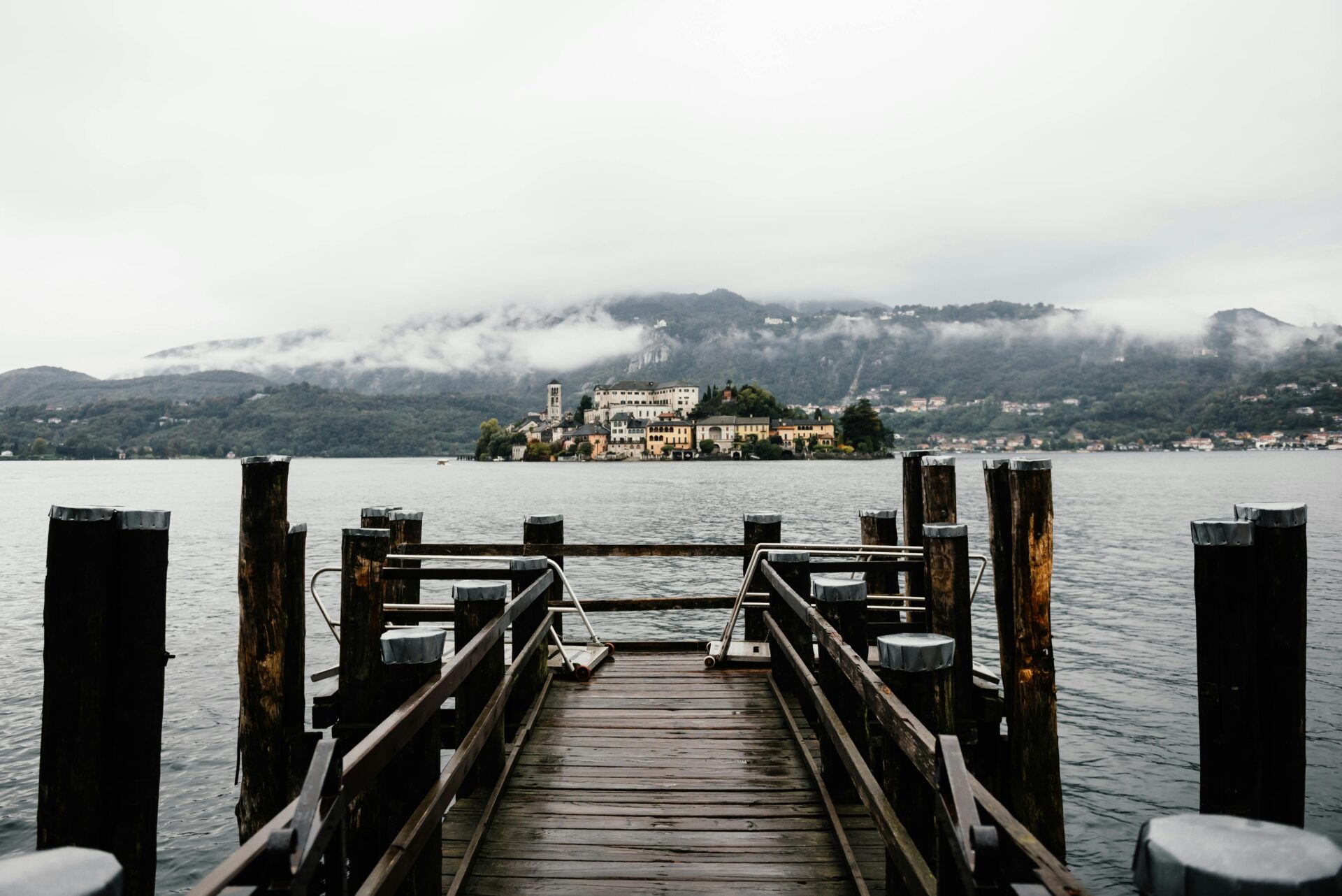
Savoring the Delights of Piedmontese Gastronomy
Piedmont’s culinary landscape is as diverse as its rolling hillsides and mountain views. The region’s food traditions celebrate local ingredients through recipes passed down through generations, while its wines rank among Italy’s finest.
The Culinary Journey of Traditional Recipes
Piedmontese cooking captivated me from my first bite of agnolotti del plin, those tiny pinched pasta pouches filled with roasted meat and vegetables. They’re often served simply with butter and sage, letting the delicate flavors shine through.
During my travels through small Piedmont towns, I discovered bagna càuda, a warm dipping sauce made from anchovies, garlic, and olive oil. Locals gather around a communal pot, dipping fresh vegetables into this rich, fragrant mixture.
The white truffles of Alba are Piedmont’s most famous culinary treasure. I watched in awe as paper-thin shavings fell onto my risotto, releasing an earthy aroma that’s impossible to describe but unforgettable once experienced.
The Slow Food movement was born in Piedmont, and many restaurants proudly embrace its philosophy of preserving traditional cooking methods and local ingredients. Small family-run eateries often serve the most authentic regional specialties.
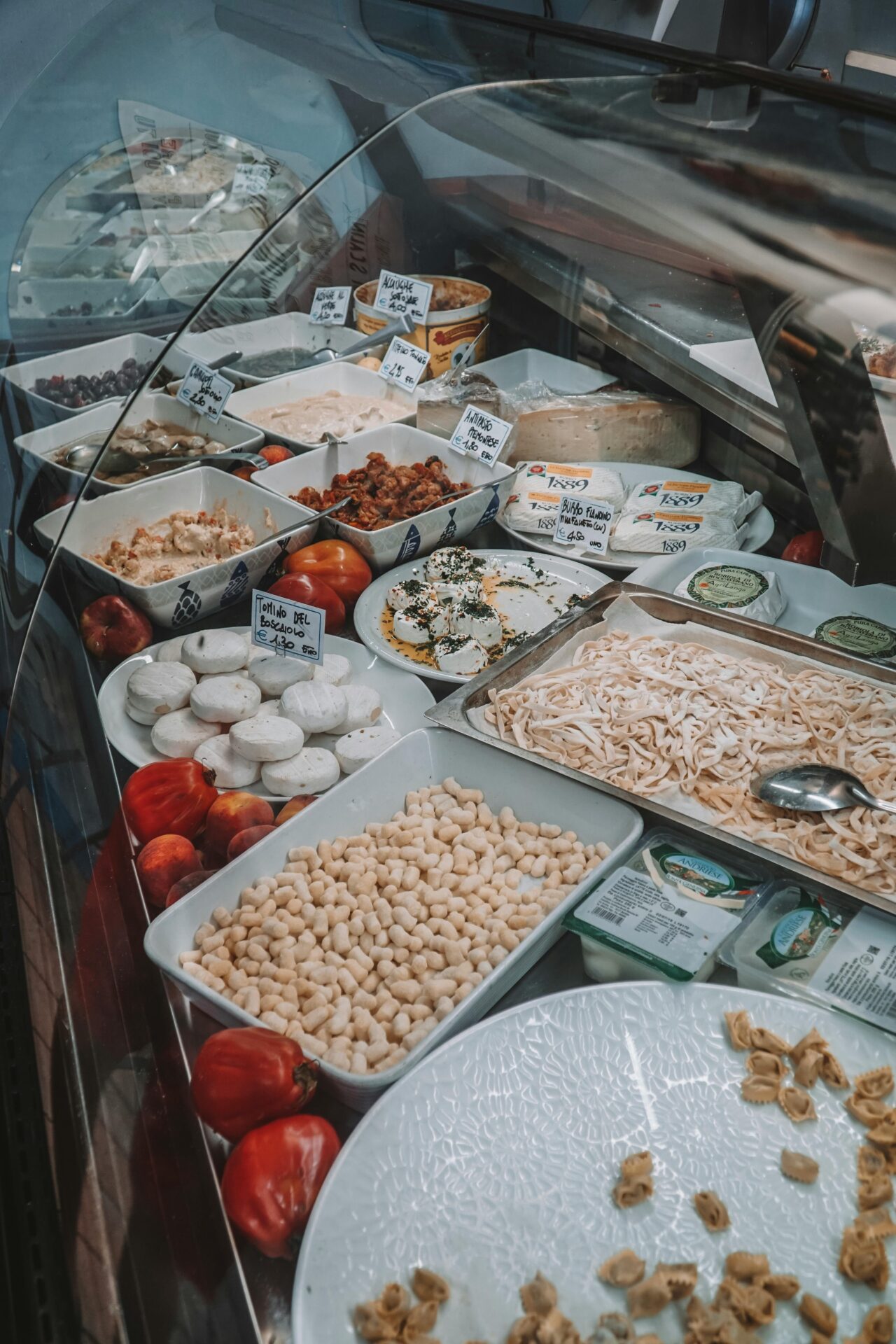
Wine Tasting Adventures in Barolo and Barbaresco
The hillside vineyards of Piedmont produce some of Italy’s most prestigious wines. My visits to small wineries around Barolo revealed the passion behind these robust reds made from Nebbiolo grapes.
Barolo wine, often called “the king of wines,” requires patience. I learned how winemakers age it for years in oak barrels, developing complex flavors of roses, tar, and dried fruits. Many family-run vineyards offer intimate tastings where you can meet the winemakers themselves.
Barbaresco offers a slightly softer alternative to Barolo, though equally sophisticated. I wandered through its medieval village, stopping at small cantinas to sample wines paired with local cheeses and hazelnuts grown in nearby groves.
The wine experience extends beyond just tasting. Many vineyards offer tours where I watched the entire process from harvest to aging, gaining appreciation for the craftsmanship behind each bottle.
Unraveling the Historical Tapestry
Piedmont’s small towns hold centuries of fascinating history within their ancient walls and cobblestone streets. Walking through these preserved medieval centers feels like stepping into living museums where the past and present beautifully coexist.
Piedmont’s Palatial Grandeur and Castles
I’ve discovered that Piedmont boasts some of Italy’s most impressive noble residences that most tourists never see. The region’s collection of royal Savoy Residences forms a UNESCO World Heritage Site, with palaces scattered throughout small towns beyond Turin.
In Racconigi, the stunning Royal Castle served as the Savoy family’s summer residence. Its neoclassical façade and magnificent English-style gardens took my breath away. I was practically alone during my visit!
Barolo’s castle isn’t just historically significant—it now houses the fascinating Wine Museum. In Grinzane Cavour, the medieval castle named after Count Cavour (Italy’s first prime minister) offers wine tastings with panoramic vineyard views.
Don’t miss the “infernot” in Monferrato—these unique underground cellars carved from stone showcase remarkable architectural skill and are part of the UNESCO heritage recognition.
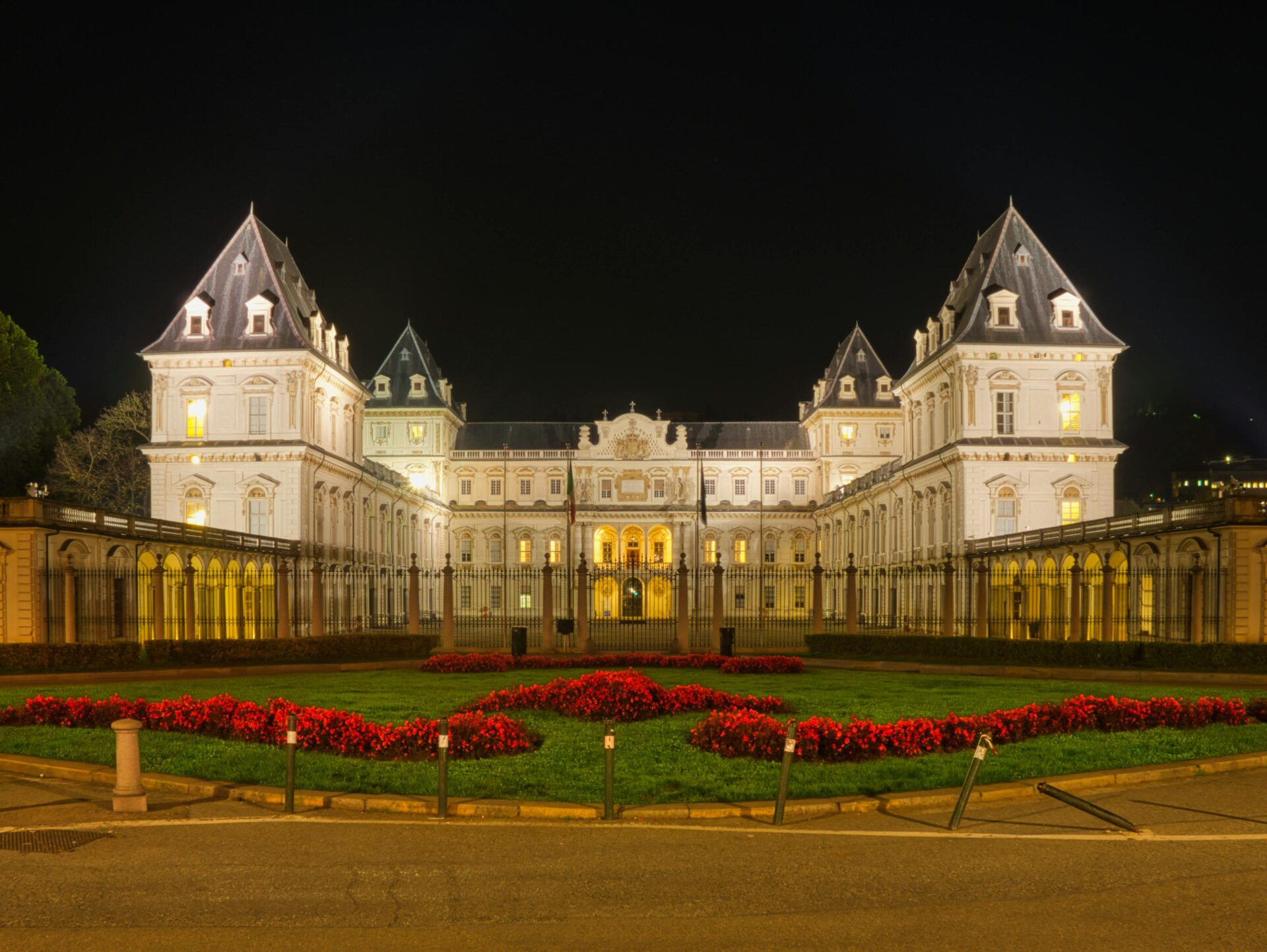
Museums and Arts: The Cultural Heartbeat
I’ve found that Piedmont’s small-town museums pack incredible artistic treasures into intimate settings. In Cherasco, the Civic Museum displays Roman artifacts alongside works by regional masters like Sebastiano Taricco.
The town of Saluzzo surprised me with its Casa Cavassa Museum, housed in a Renaissance palace. The ornate ceilings and period furnishings provide context for the impressive collection of regional art and manuscripts.
Alba’s contemporary art scene thrives in repurposed industrial spaces. I stumbled upon impressive exhibitions in the Fondazione Ferrero, where modern installations share space with traditional Piedmontese crafts.
Many towns host seasonal art festivals that transform public spaces. During my autumn visit to Bra, the entire town became an open-air gallery celebrating local photographers and sculptors.
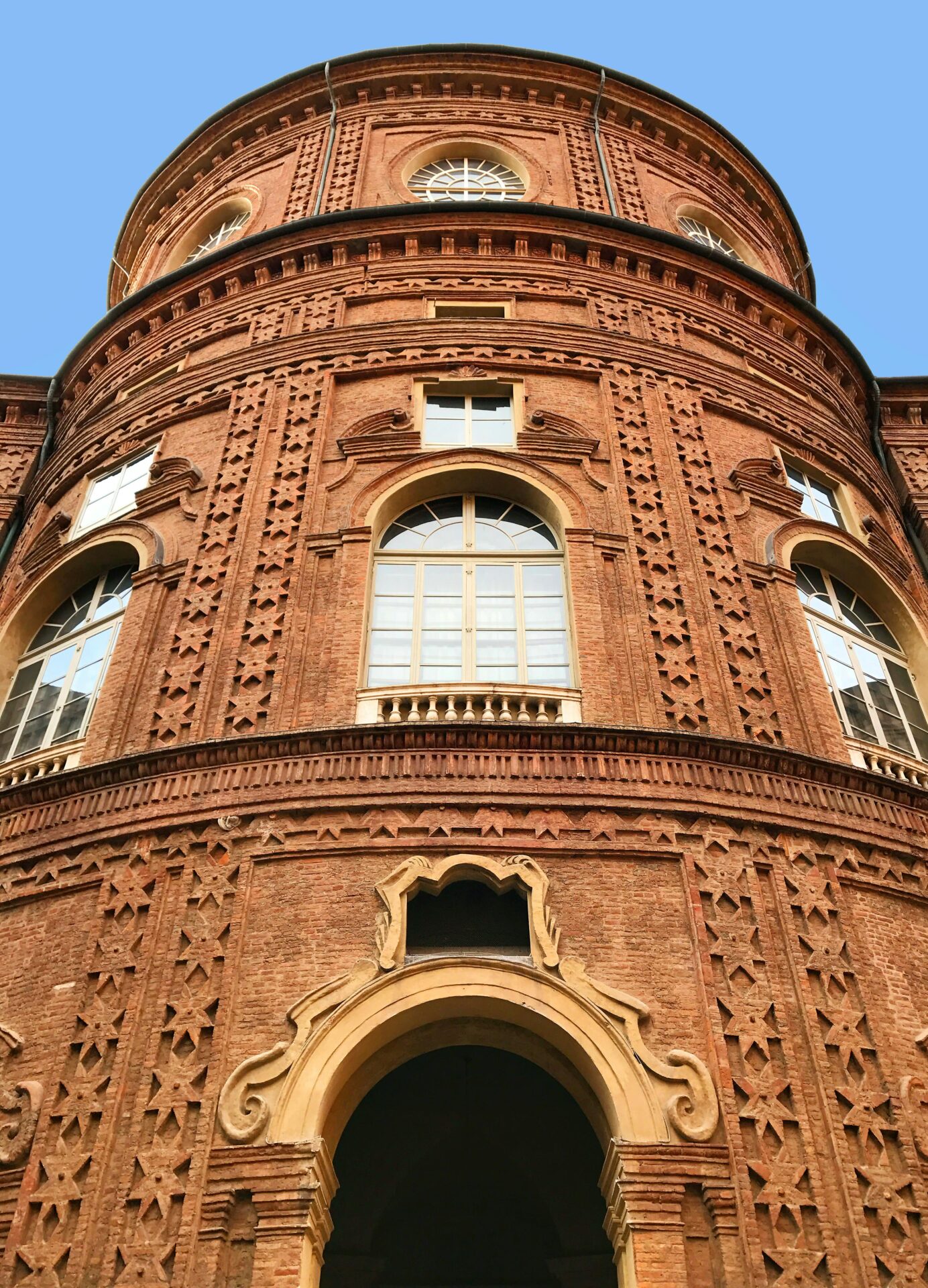
Adventures Amidst Nature and Vineyards
Piedmont offers breathtaking natural landscapes where visitors can immerse themselves in outdoor activities while enjoying world-class wines. The region’s diverse terrain creates perfect conditions for both adventurous hiking and leisurely strolls through historic vineyards.
Hiking the Rolling Hills and Alpine Paths
I discovered that Piedmont’s geography offers hikers everything from gentle walks to challenging mountain treks. The UNESCO-protected Langhe region features rolling hills with well-marked paths that wind through vineyards and medieval villages.
During my spring visit, I hiked from Barolo to La Morra, a 7-mile trek with panoramic views that left me speechless. The path took me through flowering meadows and past small family farms where I stopped for fresh cheese.
For more adventurous souls, the Italian Alps in northern Piedmont provide challenging trails with dramatic mountain backdrops. In winter, these same areas transform into excellent skiing destinations with fewer crowds than more famous Alpine resorts.
Many trails are accessible as day trips from Turin or Milan, making them perfect additions to a northern Italy itinerary.
The Vineyard Experience: From Moscato d’Asti to Nebbiolo
Walking through Piedmont’s vineyards offers a sensory journey unlike any other. I joined a small-group vineyard tour near Alba where a local winemaker explained how the region’s unique microclimate creates exceptional growing conditions.
The vineyards of Asti province produce the famous sparkling Moscato d’Asti. Here, I participated in a harvest experience where I learned traditional grape-picking techniques passed down through generations.
In the Barolo region, I discovered how the powerful Nebbiolo grape transforms into “the king of wines.” Many family-owned wineries welcome visitors for tastings, often paired with regional specialties like tajarin pasta or local cheeses.
For an unforgettable experience, I recommend booking a guided e-bike tour through the vineyards. This allows you to cover more ground while still enjoying the stunning landscapes at a leisurely pace.

Planning Your Piedmont Escape
Arranging a memorable visit to Piedmont’s small towns requires thoughtful preparation with comfortable accommodations and a well-crafted route that balances exploration with relaxation.
Finding Your Home Away From Home
I’ve discovered that agriturismo stays offer the most authentic Piedmont experience. These family-run farm accommodations often include homemade breakfasts featuring local specialties. Many are nestled among vineyards with stunning hillside views.
For a more luxurious option, consider boutique hotels in towns like Alba or Barolo. My favorite was a converted 18th-century villa with modern amenities but preserved historical charm.
Budget travelers shouldn’t worry – affordable guesthouses and B&Bs abound, particularly in less touristy towns like Bra and Cuneo. I recommend booking accommodation at least 3 months ahead during harvest season (September-October) when rooms fill quickly.
Pro tip: Choose lodging with a kitchenette so you can cook with incredible local ingredients from morning markets!
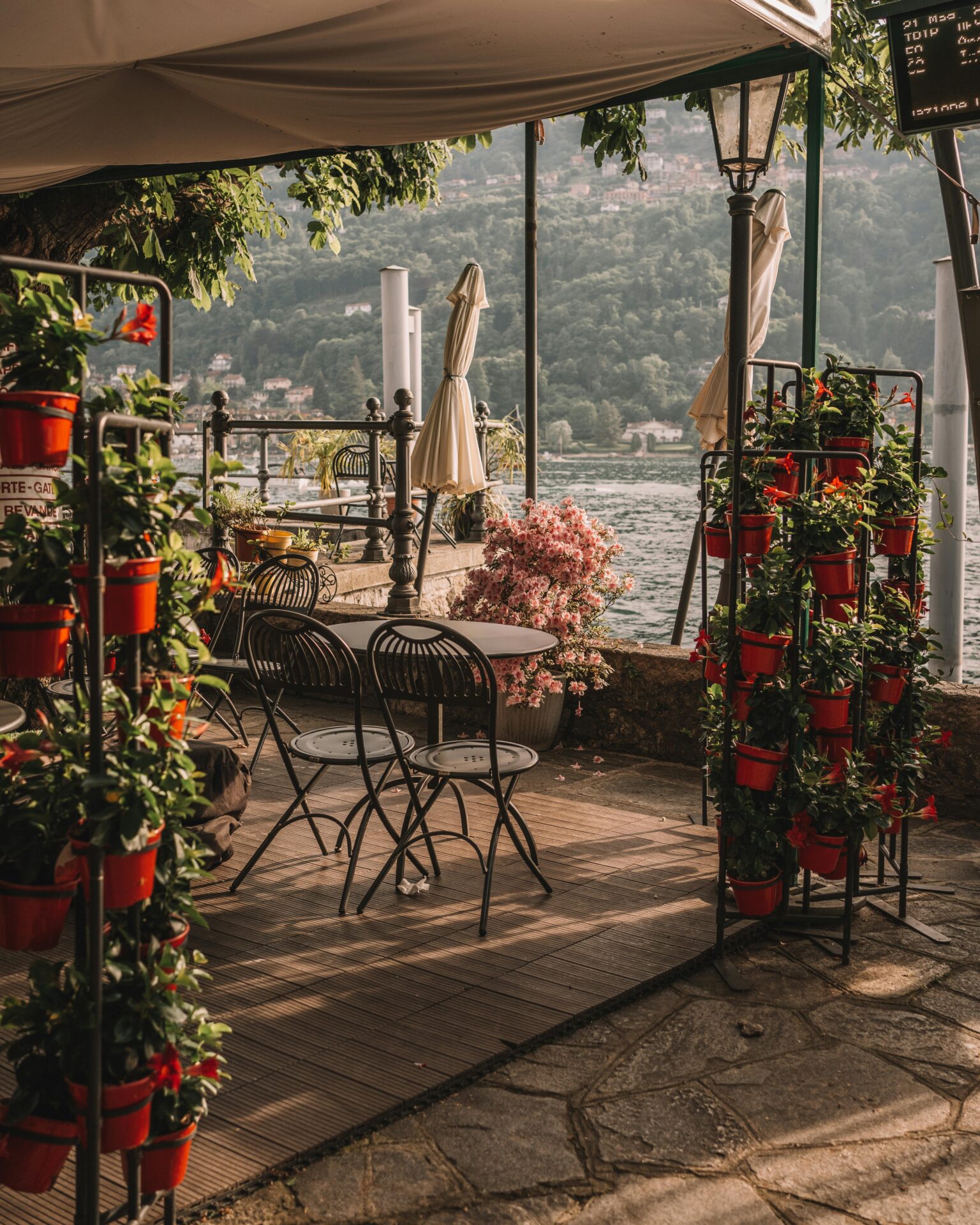
Crafting the Perfect Itinerary
I suggest spending at least 5-7 days exploring Piedmont’s small towns. Renting a car is essential for flexibility. Public transportation between villages is limited and won’t get you to those hidden viewpoints.
Here’s my ideal route:
- Days 1-2: Base in Alba, exploring its medieval center and nearby Barbaresco
- Days 3-4: Move to Barolo, visiting surrounding wine villages
- Days 5-7: Head to Cuneo as your gateway to smaller mountain towns
Don’t overschedule! I made this mistake my first visit. Leave time for spontaneous discoveries. That unmarked road might lead to your favorite winery or a family restaurant serving the best agnolotti del plin.
Wine enthusiasts should time visits for weekdays. Winemakers are more available for impromptu tastings then. Many wineries require reservations, especially smaller family operations.


